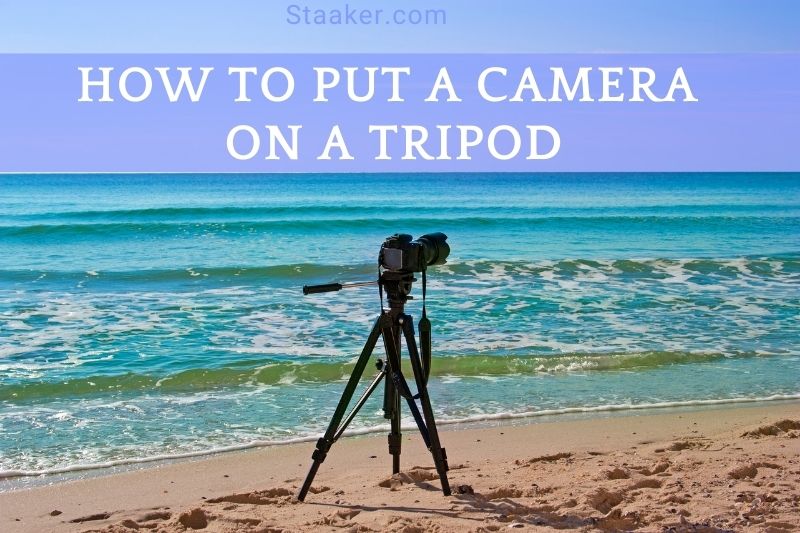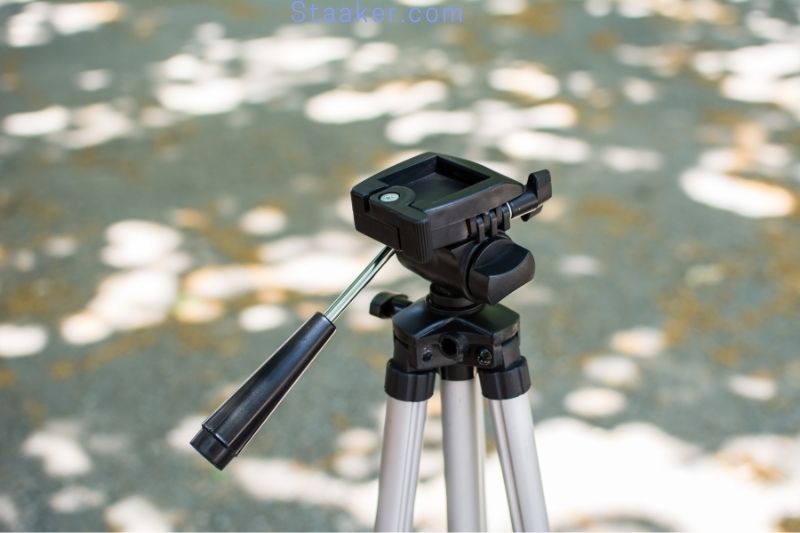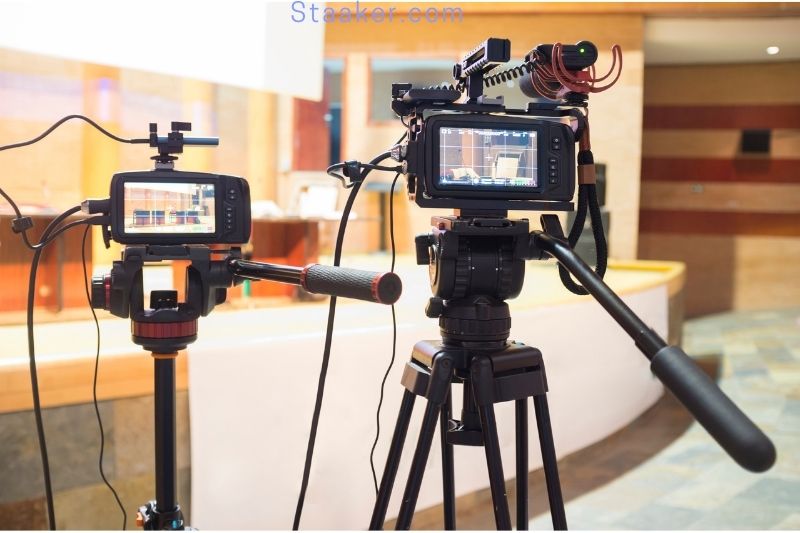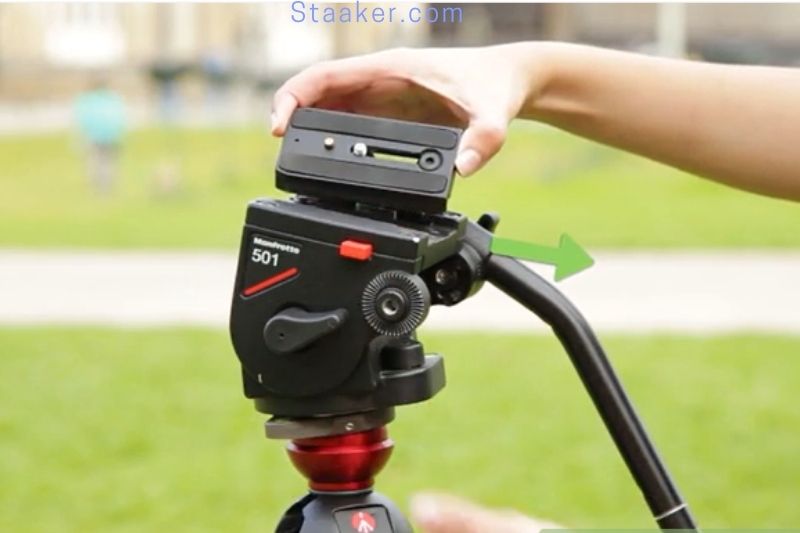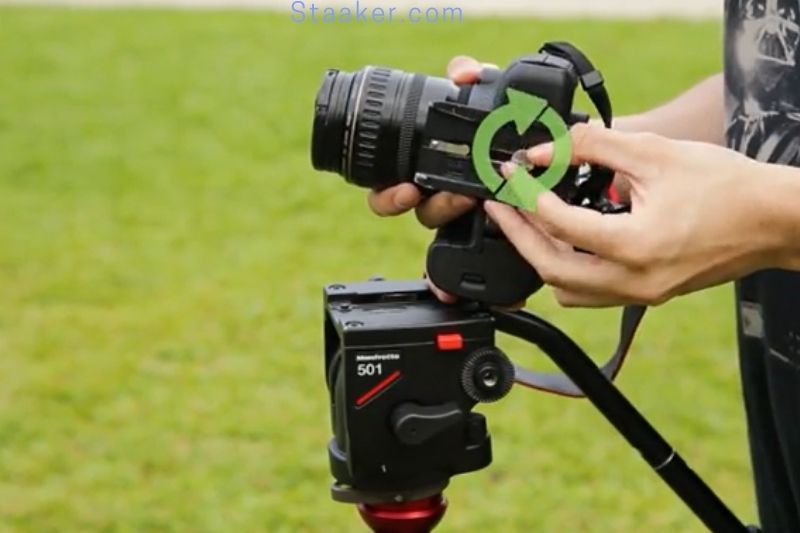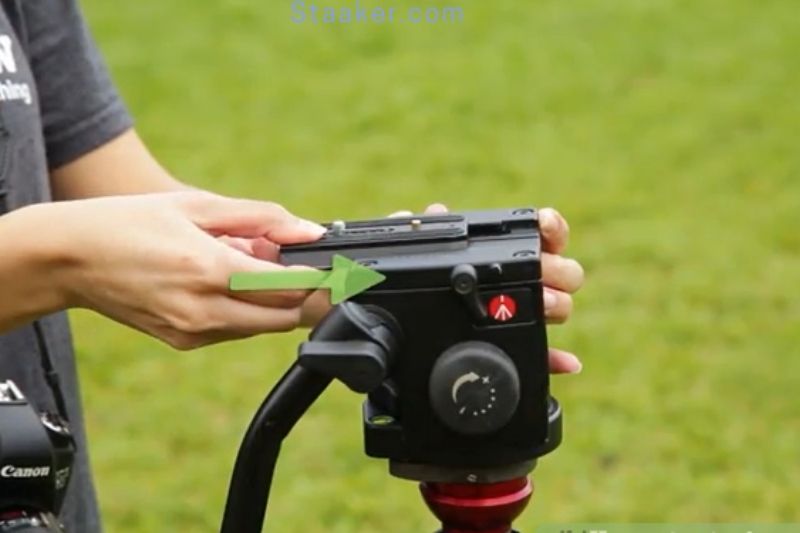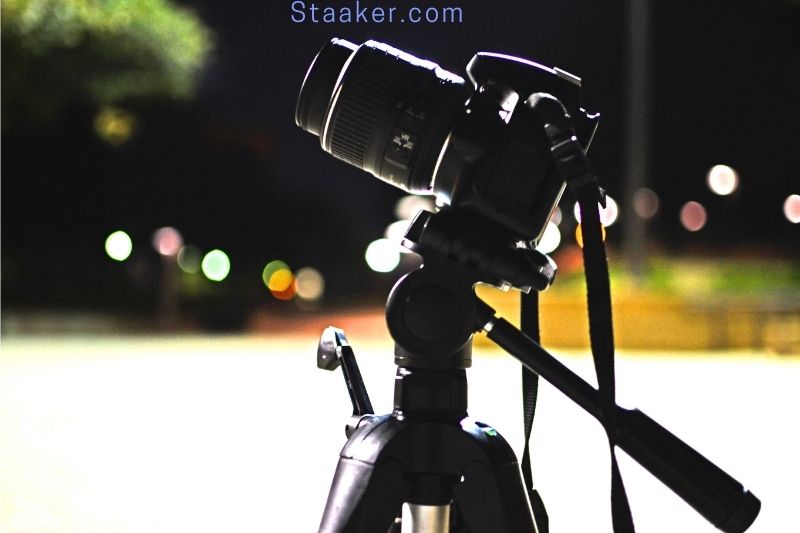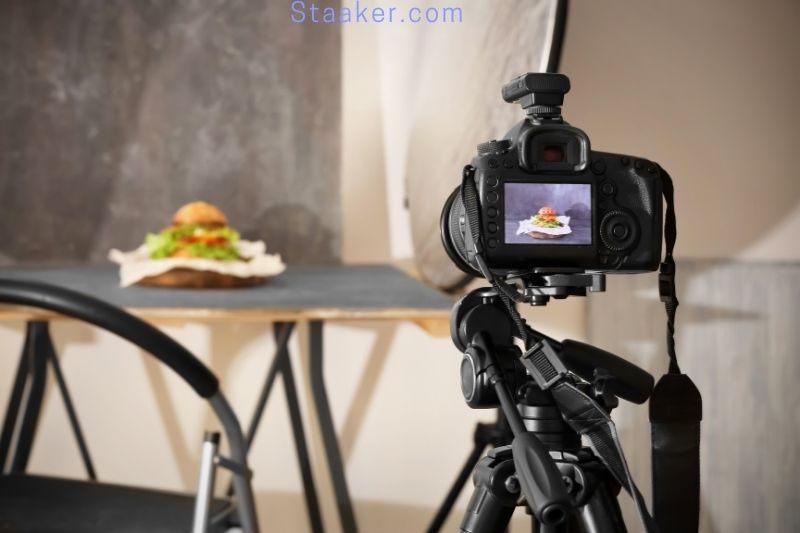If you’re looking to take your photography to the next level, one of the best ways to do so is by using a tripod. This will allow you to capture sharper images and avoid camera shake. Putting a camera on a tripod is a relatively simple process, but there are a few things you’ll need to keep in mind.
In this article, we’ll walk you through how to put a camera on a tripod, step by step.
Why Use A Tripod?
Even if we stay perfectly motionless, our photographs can often be blurry or wobbly. This is due to our bodies’ tiny motions or the shakiness of our arms and hands. Our bodies’ shaking episodes are so minor that we don’t even perceive them, so it’s surprising when photos turn out foggy. A tripod comes very handily in these situations.
A tripod is helpful for more than just blur-free photos. It also aids us in holding the camera for more complex images that we couldn’t achieve with just our hands, such as when using telephoto lenses, taking long exposure shots, or photographing at night.
A telephoto lens can be pretty hefty, and simply holding it up might cause your arms to get shaky. On the other hand, long exposure photographs can take anything from minutes to hours, and it isn’t easy to hold the camera for that long.
Similarly, night pictures may need to hold the camera in place for extended periods. Because the camera is sensitive to shaking, using a tripod can help you achieve great photos.
Part 1: Getting the Tripod Ready
1. Check for a tripod mount on your camera. Most current cameras can be used with a tripod. However, some tiny ones cannot. The tripod mount is a small hole on the bottom of the camera with screw threads; it is usually around 1/4 inch in diameter. You won’t be able to mount your camera to a tripod if it isn’t tripod-capable.
- 1/4-20 UNC threads are found on most compact point and shoot cameras. 3/8-16 UNC threads are found on some larger, professional cameras.
2. Take your tripod’s camera plate off. The camera plate is the part of the tripod that holds the camera in place. Look for a quick-release clip or lever to separate the camera plate from the tripod’s main body. There are various ways to attach a camera to the tripod’s main body. However, almost all tripods have a detachable camera plate to make mounting your device easier.
- You don’t have to remove the mount from the tripod to use it. On the other hand, this step will make mounting the camera to the tripod much more accessible.
- Check if the tripod plate has the same screw size as your camera. Every camera plate is not compatible with every camera. You might be able to get a new camera plate that will work with both your camera and tripod.
3. The tripod should be leveled. Adjust the legs until they are firmly planted on the ground. Release the leg tensioners and raise the legs to the appropriate height. Although you can attach a camera to a tripod before setting up the tripod, it is safer for your camera if you set up the base first. Before mounting the camera, make sure the legs are securely fastened if you extend them.
- Your tripod doesn’t need to be perfectly level. However, it should be well-balanced such that the tilt isn’t visible. Leveling is even more critical when capturing panoramic photographs and putting numerous frames together into one image.
- Some tripods come with a built-in bubble level to aid in rigging stability. You can always buy or borrow a trim level if all else fails.
Part 2: Camera Installation
1. Attach the camera to the tripod by screwing it in place. The camera may screw straight onto the tripod, or you may need to clamp it in place and tighten screws to keep the camera stable. Look for a threaded hole in the camera’s bottom. The camera plate (tripod mount) should have a corresponding screw if your camera screws directly onto the tripod. Twist the pieces together until they’re secure.
- A little screw-head can be found on the underside of the plate on some tripods. Instead of twisting the plate itself onto the camera, tighten the screw-head from the bottom of the plate.
- The connection should be snug but not too so. Screws that are too tight can strain the mounting system, which can damage your camera or tripod.
2. Fix the camera to the tripod with a clamp. Instead of a primary screw, some tripod heads have a clamping mechanism. Some people use a clamp in addition to the screw.
Place the camera between the clamps gently, and then look for the tightening mechanism. To make the clamps fit the camera, you’ll probably need to tighten screws or twist knobs. Adjust the gadget until it is firmly in place.
3. Attach the camera plate to the tripod once more. If you removed the camera plate to make attaching it more accessible, reattach it before using the tripod.
Pull the quick-release lever back, place the mounting plate on the tripod head, and release it. If you’re unsure, reverse the steps you used to remove the camera plate from the tripod.
4. Get your camera ready! For pan shots, you should be able to swivel the camera on the tripod, but you can constantly reposition the gear to a better location. Look through the viewfinder before taking any shots to ensure that the lens is oriented correctly. When shooting, make sure the tripod is level and stable.
Troubleshooting
1. Double-check that you’re using the appropriate camera plate
Make sure the camera plate you’re trying to attach to your camera is compatible with your tripod. If you’re having trouble connecting the plate to the tripod, it’s possible that the plate and the tripod aren’t compatible.
The majority of manufacturers have their mechanism for securing their products. If they weren’t built to function together, you wouldn’t be able to mount a camera plate to a tripod.
2. Hang your camera bag from the tripod’s middle column.
If you’re still having difficulties capturing a clear shot on shaky ground, consider suspending your camera bag—or any other object of similar mass—from the middle column. This should improve the stability of your tripod and assist in reducing tremors.
3. Do not attach the camera to the legs directly
The legs and tripod head are usually offered separately with most professional-grade tripods. This enables photographers to mix and combine the exact gear they require.
You’ll have to work around that if you can’t move the camera around on the tripod’s top. Think about investing in a tripod head.
If you don’t know how to put on the camera strap, read our article.
Making Use of Multiple Cameras and Tripods
You can end up employing multiple pieces of equipment simultaneously to become more efficient and better at shooting your photographs. When you take your photography to this level, where you’ll be using multiple cameras and tripods, everything must work smoothly.
However, this can be inconvenient, as it requires you to disassemble many tripods each time you need to use them. Universal camera plates come in handy in this situation.
Interchangeable camera plates are used on the majority of professional tripods. This means you may attach your camera plates to any of your cameras without worrying about whether they’ll fit in the tripod when you want to mount them.
You can mix up the cameras you’d use for each photo by setting up several tripods. It also enables you to remove the camera from the tripod if you prefer to carry it instead.
You may also switch to a different perspective quickly if you have another tripod available, which saves time, especially if you only have a limited time to work. The time it takes to remove the tripod, set it up, and level it in a new location can cause you to miss the shot you want.
If you want to be a professional photographer, see this guide: How To Get Into Photography
FAQs
Is it possible to use a tripod with any camera?
Tripods are known for being completely universal accessories that may be used with any camera. Yes, they can be used with any camera you desire, is the basic response to the question posed above. Of course, if your camera is the one that owns the hole I described earlier.
When should I use a tripod?
Tripods can be used everywhere and for any purpose. If you want to get more specific, tripods are a terrific tool for several genres of photography. Travel, landscape, astronomical, architectural, or even a selfie can benefit from the usage of a tripod.
Is it possible to mount my phone on a tripod?
Yes, you can, but only if certain conditions are met. If you notice that your tripod has a phone holder, you are free to use it. However, if your tripod cannot retain your hand, do not attempt to use it; otherwise, your phone will fall off.
Video
Conclusion
Putting a camera on a tripod is a great way to improve your photography skills. It will help you take sharper, blur-free photos, especially in low-light situations. Plus, it’ll allow you to experiment with different compositions and angles.
By following these steps, you’ll be able to take sharper images and avoid camera shake. Staaker.com hopes you found this article helpful!

